Butterflies bring color, charm, and movement to any garden, turning ordinary spaces into magical sanctuaries. By designing flower beds specifically for these pollinators, you not only enhance your garden’s beauty but also support biodiversity and help maintain healthy ecosystems. Butterfly-friendly flower beds are filled with nectar-rich plants, host plants for caterpillars, and layered blooms that provide shelter and food throughout the seasons. Here are five stunning butterfly garden flower bed designs that will attract pollinators and keep your outdoor space buzzing with life.
1. Nectar-Rich Wildflower Butterfly Bed

A nectar-rich wildflower bed is one of the most effective ways to attract butterflies. Bright, open flowers such as coneflowers, black-eyed Susans, zinnias, and cosmos provide easy access to nectar. Planting these in clusters helps butterflies conserve energy while feeding, and the variety ensures blooms from spring through fall. Mixing different heights and colors creates a meadow-like effect that feels natural yet enchanting. This flower bed not only attracts butterflies but also bees, making it a lively hub of pollinator activity in your garden.
2. Cottage-Style Butterfly Garden Bed
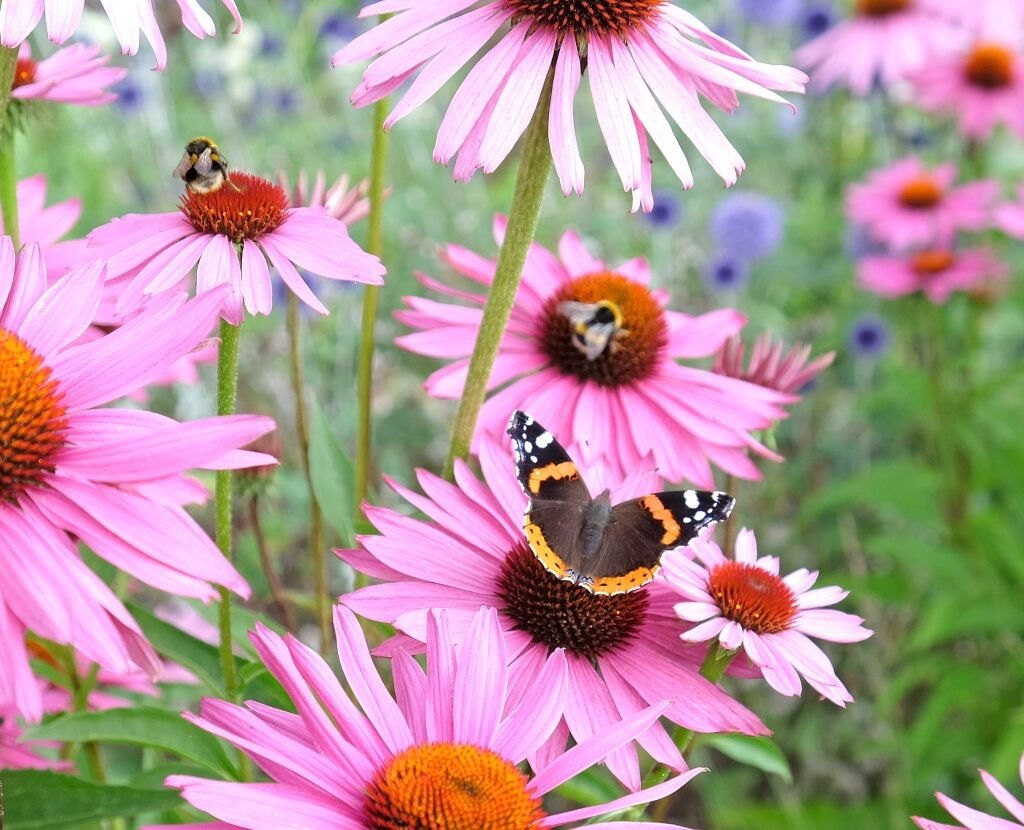
Cottage-style gardens are perfect for butterflies because of their layered abundance and variety. By combining flowers such as hollyhocks, phlox, lavender, and daisies, you can create a vibrant, overflowing bed that offers both nectar and shelter. Adding climbing plants like clematis or morning glories around arbors or trellises enhances the vertical interest while providing extra feeding spots. The mix of textures and colors keeps the bed visually appealing and ensures butterflies find food throughout the growing season. This design brings a timeless, romantic charm to your garden.
3. Host Plant and Nectar Mix Bed
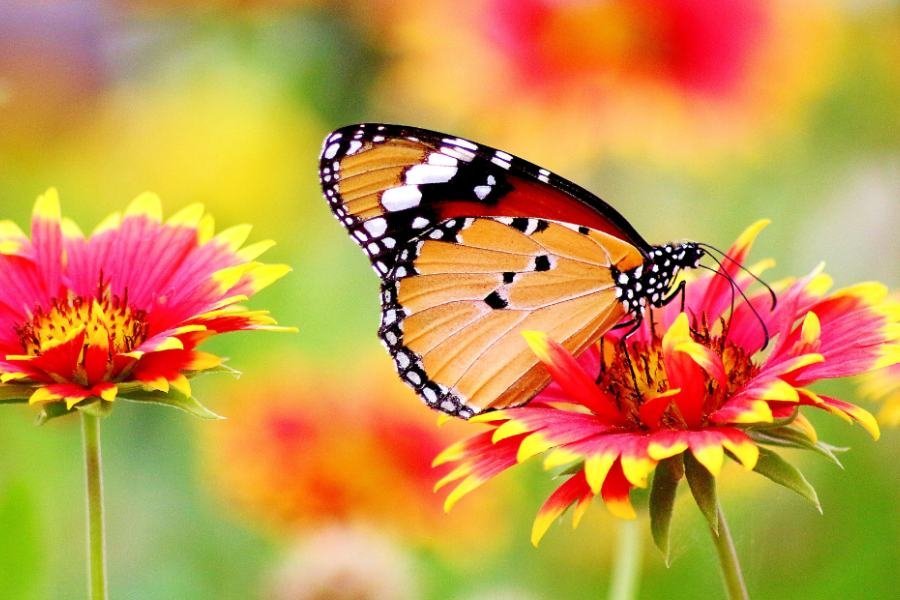
Butterflies need more than just nectar; they also require host plants where they can lay eggs and caterpillars can feed. A thoughtful butterfly bed blends nectar flowers with essential host plants. For example, milkweed supports monarchs, parsley and dill support swallowtails, and violets are favored by fritillaries. Pair these with nectar-rich blooms like lantanas, marigolds, and salvias for continuous butterfly visits. This type of bed not only attracts adults but also ensures new generations of butterflies thrive, making your garden a true pollinator sanctuary.
4. Formal Butterfly Bed with Symmetry
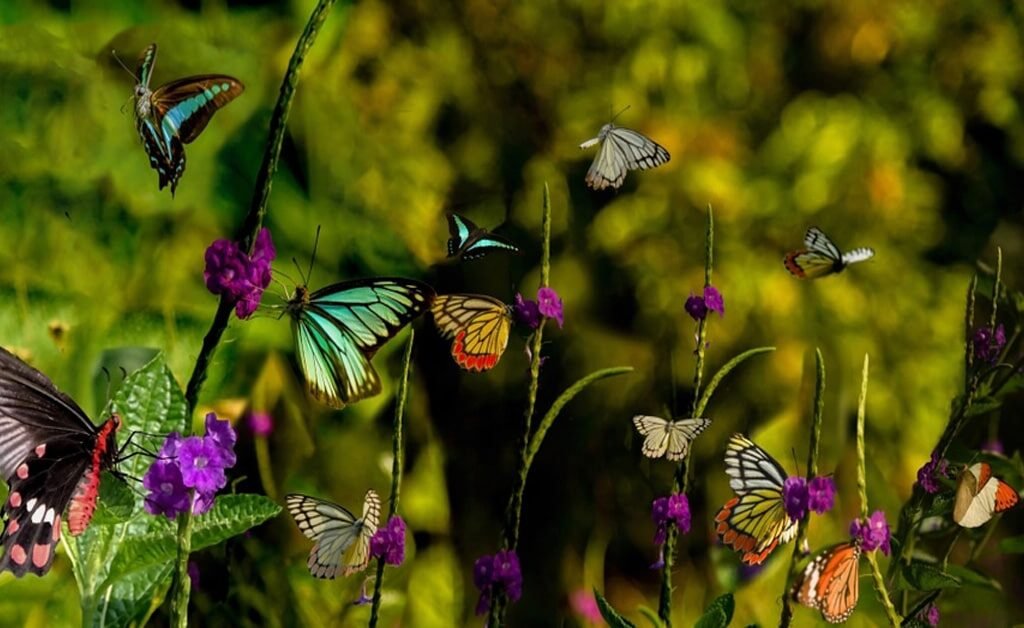
If you prefer a more structured garden, a formal butterfly bed combines elegance with pollinator appeal. Symmetrical plantings of lavender, salvia, and verbena create neat rows of nectar sources while still attracting butterflies. Low hedges or boxwood borders can frame the flower bed, giving it a polished, refined look. Despite the formal layout, the bed remains alive with fluttering wings, creating a fascinating contrast between order and natural movement. This design works beautifully near patios, pathways, or courtyards where you can relax and watch butterflies up close.
5. Seasonal Wave Butterfly Bed
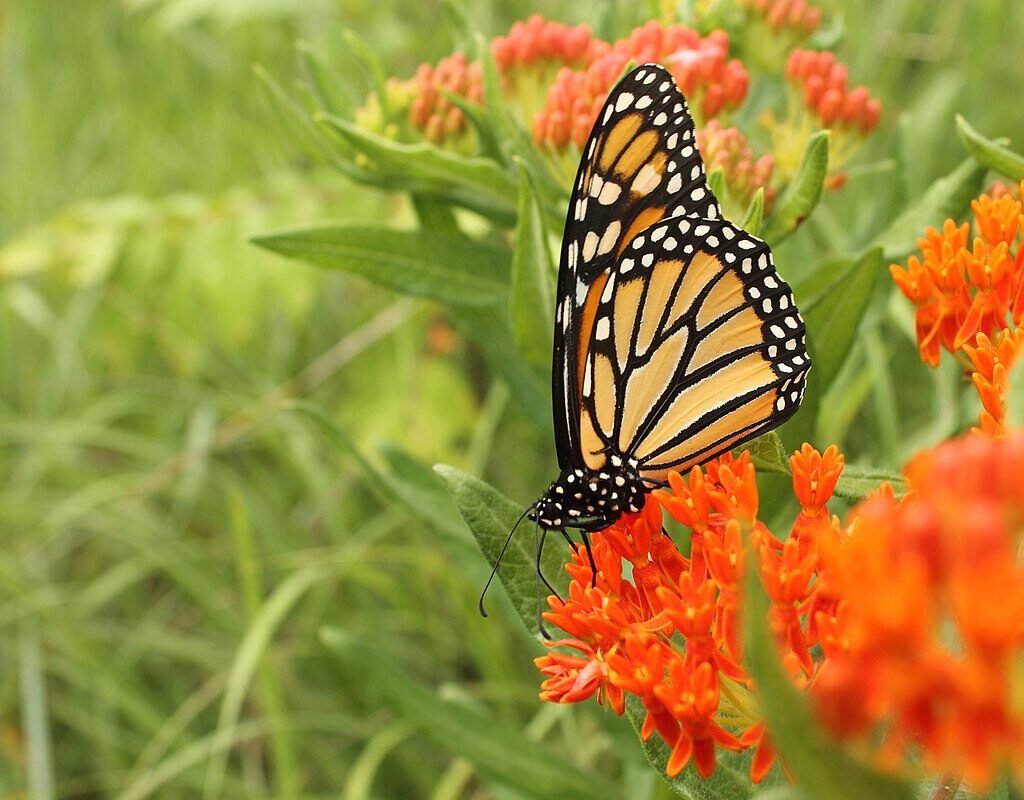
To ensure a steady flow of butterflies all season, design a bed with layered blooms that flower at different times. Start with spring favorites like lilacs and dianthus, follow with summer staples such as lantanas, echinacea, and bee balm, and finish with fall flowers like asters and goldenrods. The overlapping waves of blooms provide continuous nectar sources, keeping butterflies returning month after month. This bed not only attracts pollinators but also offers evolving beauty, making it a dynamic centerpiece in your garden.
Creating butterfly garden flower beds is a rewarding way to blend beauty and purpose. Whether you love the wild look of a meadow, the romance of a cottage-style bed, or the order of a formal design, each of these ideas ensures your garden becomes a thriving haven for pollinators. With the right plants and thoughtful design, you’ll enjoy colorful blooms and fluttering butterflies year after year.
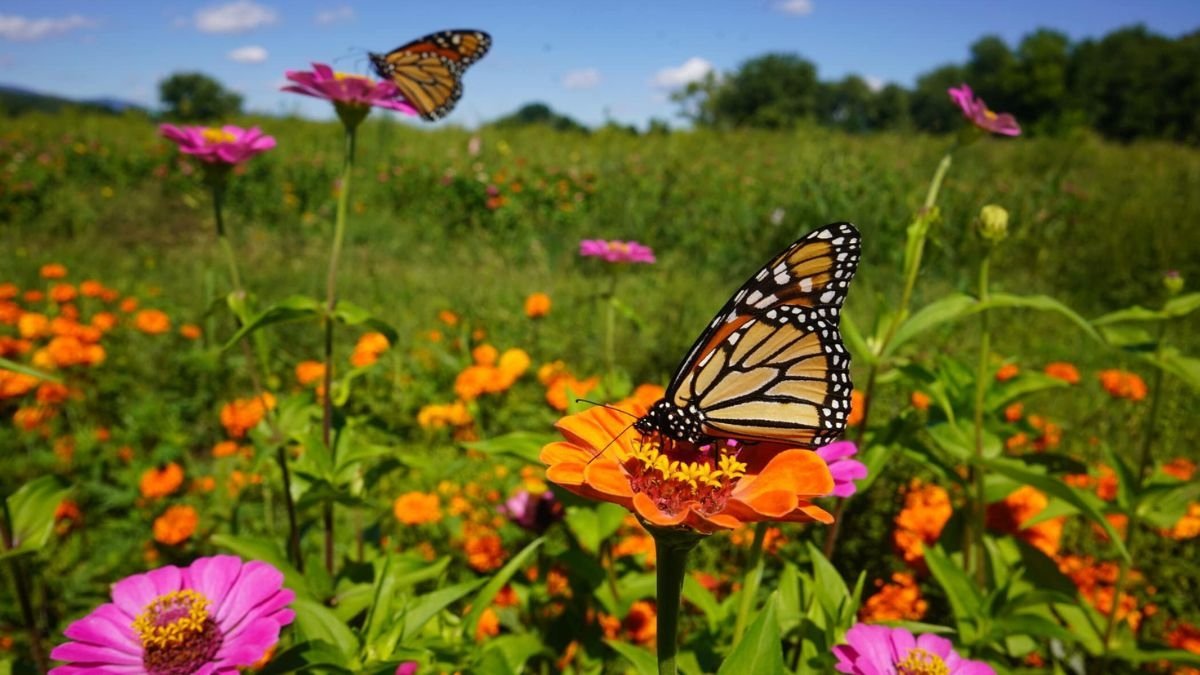
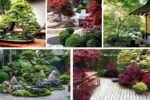
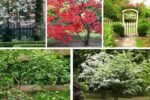
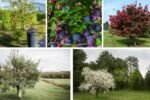

Leave A Comment